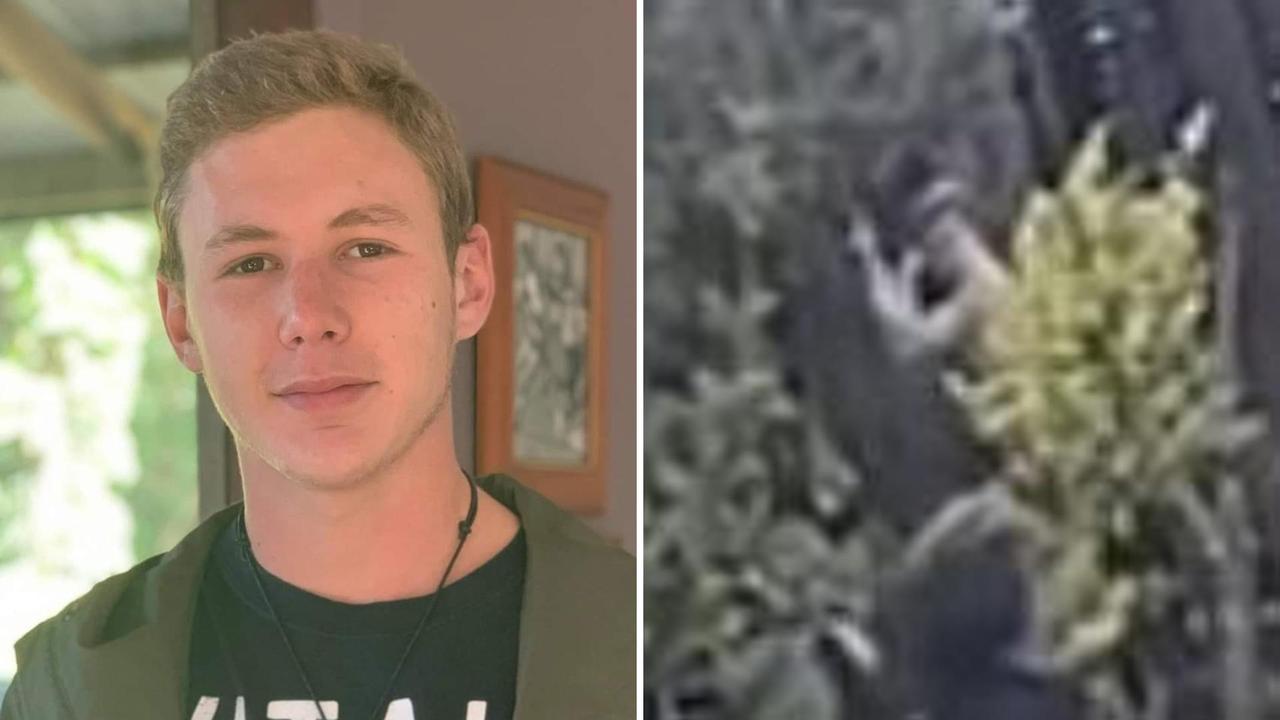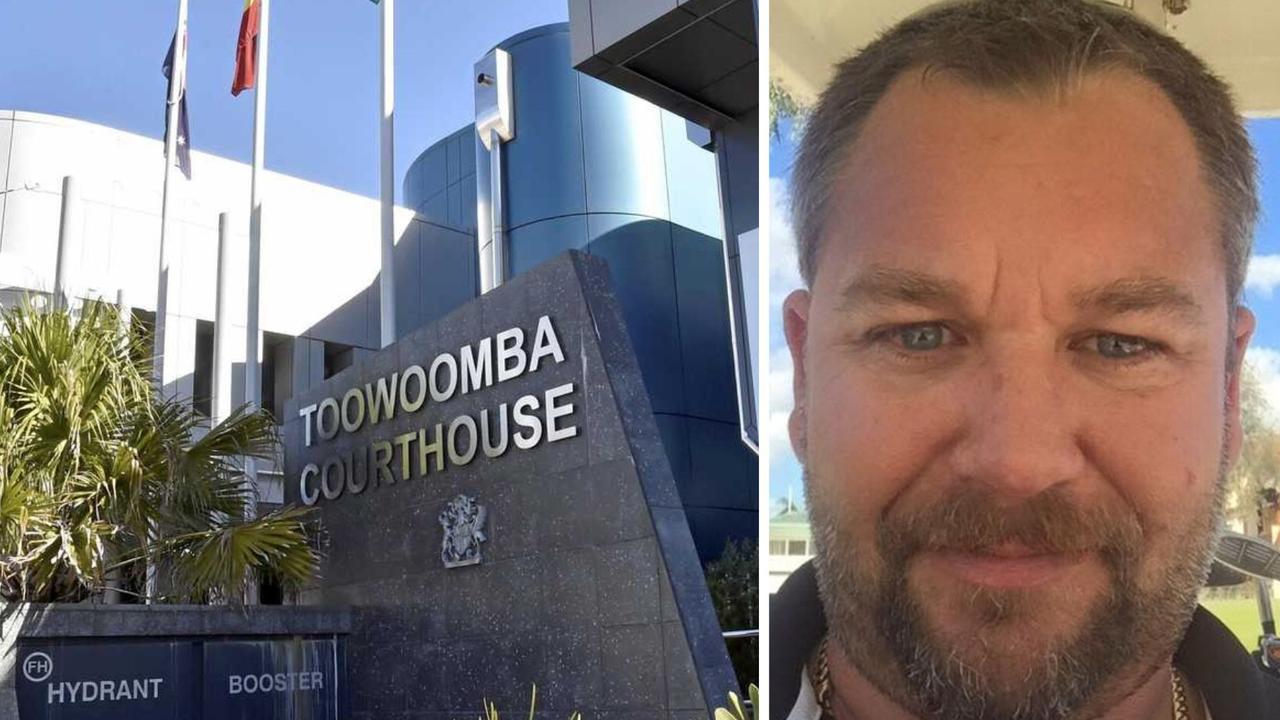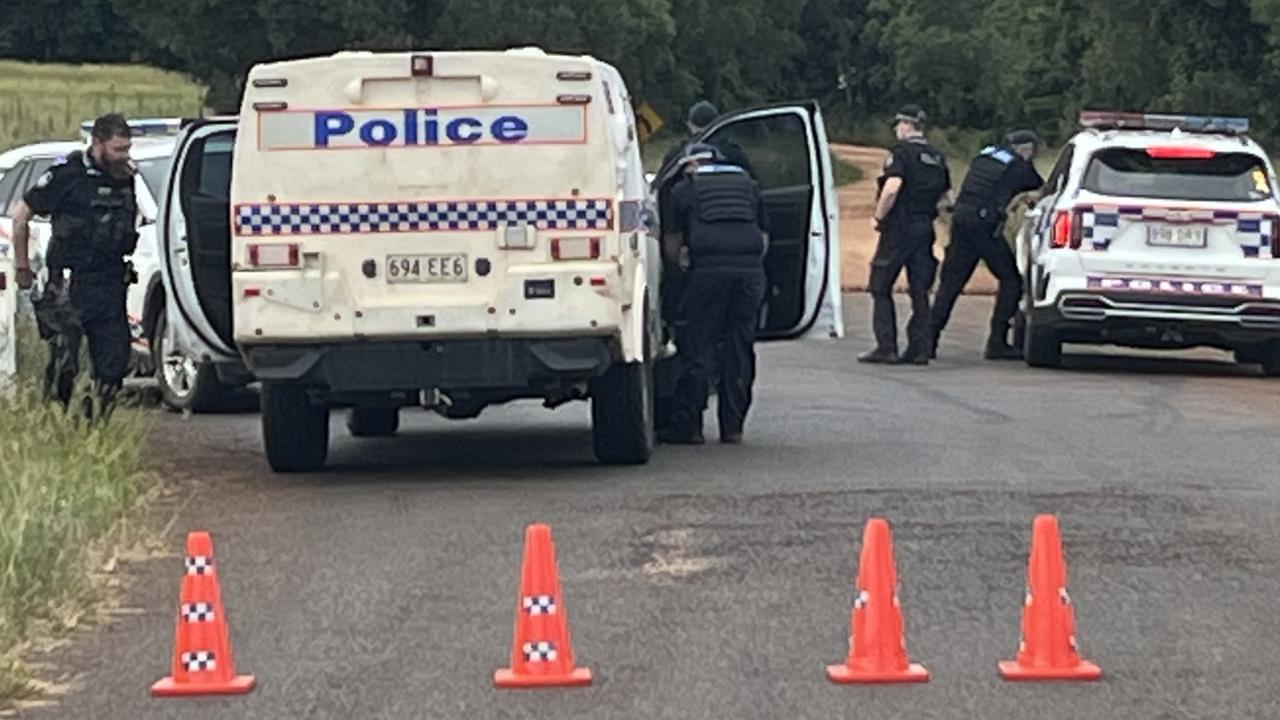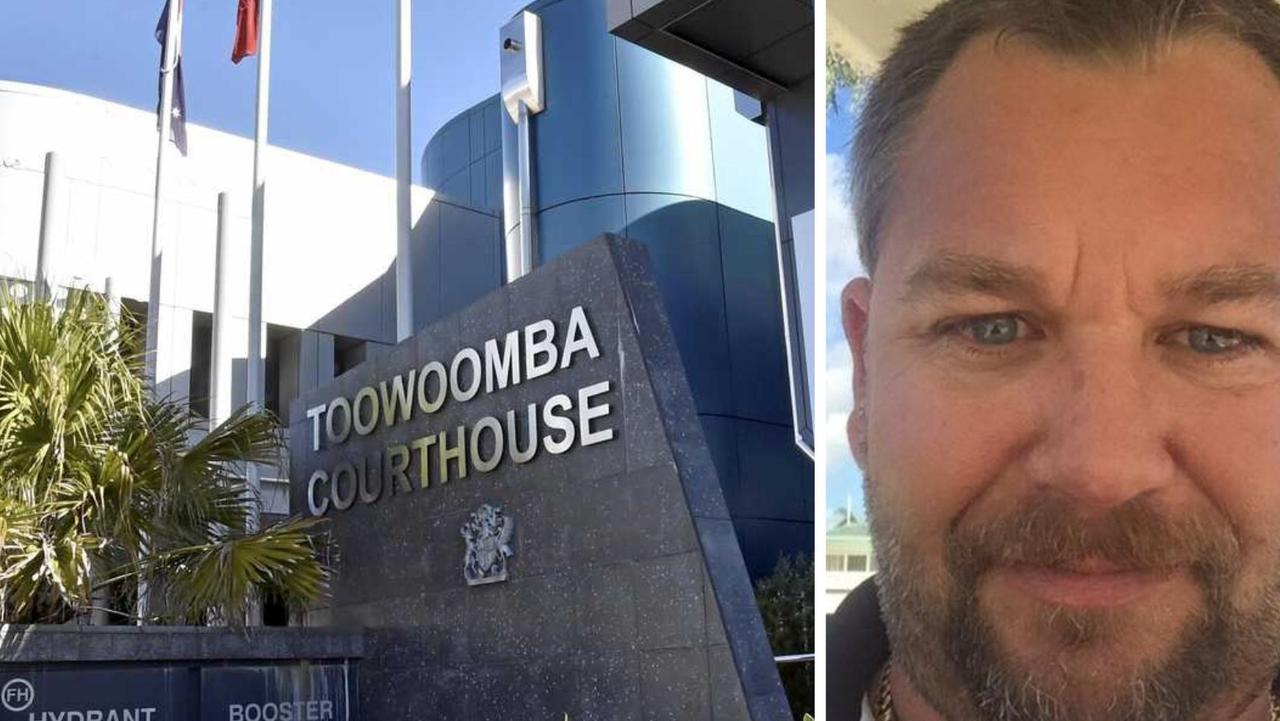This week marks 20 years since Tarmara Smith’s brutal murder
The 25-year-old mother was strangled, sexually assaulted with a beer bottle and left tied to a tree in Toowoomba’s CBD.
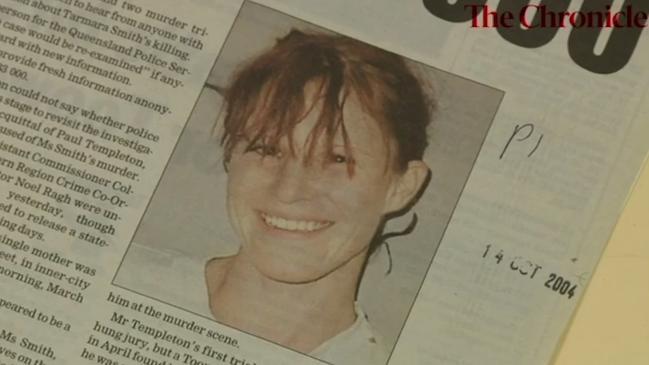
Police & Courts
Don't miss out on the headlines from Police & Courts. Followed categories will be added to My News.
THIS week marks 20 years since the brutal murder of Toowoomba woman Tarmara June Smith.
The body of the 25-year-old mother was found tied to a tree by the strap of her handbag which was wrapped around her neck.
Her partly naked body was found on her hands and knees tied to a tree on a vacant lot in Isabel Street in Toowoomba’s CBD on Easter Sunday morning, March 31, 2002.
She had been strangled, sexually assaulted with a beer stubby bottle and had her wrists slit – possibly after death.
The inaugural Easterfest had been held in Toowoomba over that weekend and Ms Smith was captured on various street CCTV cameras visiting a number of pubs and clubs in Toowoomba’s CBD.
She was living at the time in a caravan park on Toowoomba’s western outskirts and police believed she came upon her killer as she walked home from a night out in the early hours of the morning.
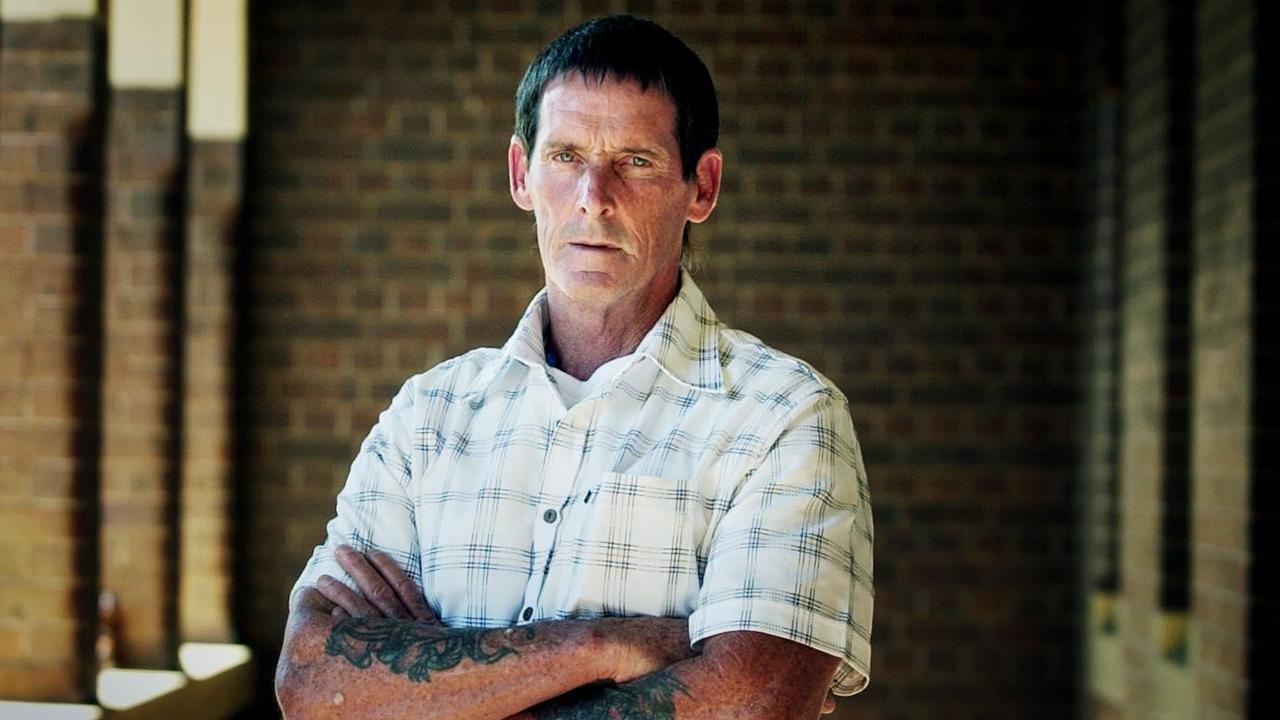
With few leads, police centred their investigations on Ms Smith’s former boyfriend Paul Templeton (pictured), 50, who lived in a room at Mica Lodge at 135 Russell Street not far from the murder scene.
Four months later, Paul Templeton was charged with Ms Smith’s murder despite him protesting his innocence.
His first trial ended in a hung jury but the jury in his second trial found him guilty and he was sentenced to life imprisonment.
The trials were controversial.
Sperm DNA found on Ms Smith at the scene did not match Mr Templeton but police came up with a theory to discard that fact.
They surmised Ms Smith had sex with some other man earlier that week and got the DNA on her underpants and on the night of her murder she had worn those same dirty underpants, a theory dismissed by her mother in evidence.
The prosecution relied strongly on controversial glass evidence, claiming glass fragments found in Mr Templeton’s room matched that found at the crime scene.
Defence barrister Robbie Davies argued there were glass fragments on the footpaths of Toowoomba and that just about every pedestrian could potentially have similar fragments on their shoes.
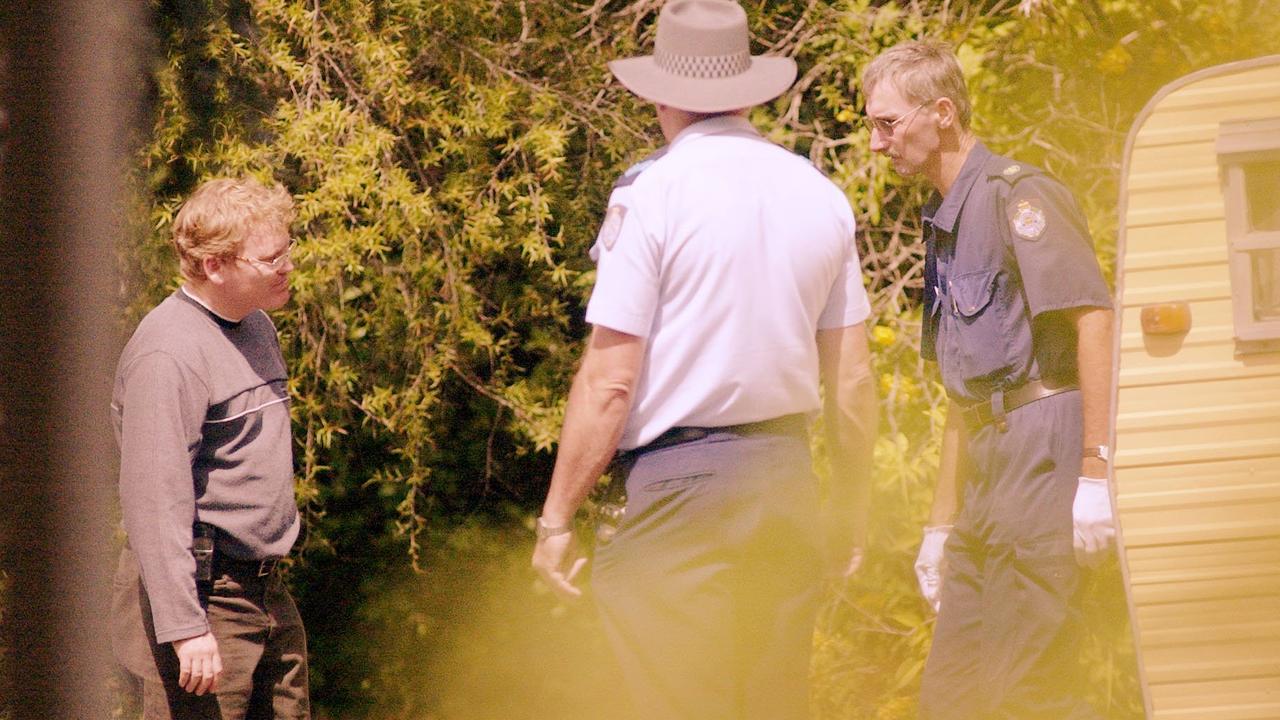
The Court of Appeal agreed and in a unanimous decision on September 17, 2004, Mr Templeton’s conviction was quashed and a verdict of acquittal entered and he was released from jail.
The three justices of the Court of Appeal agreed that the glass evidence crucial to the Crown case was inconclusive with Justice Cate Holmes concluding that there “was a background of evidence strongly suggesting that someone else altogether was with Ms Smith shortly prior to her death”.
At both trials, the Crown conceded that there was another suspect who was named in court but that the police couldn’t find him.
The Chronicle at the time reported that that man had left Toowoomba the day after the murder, leaving a note for his flatmate to sell his car and that he would contact the flatmate later.
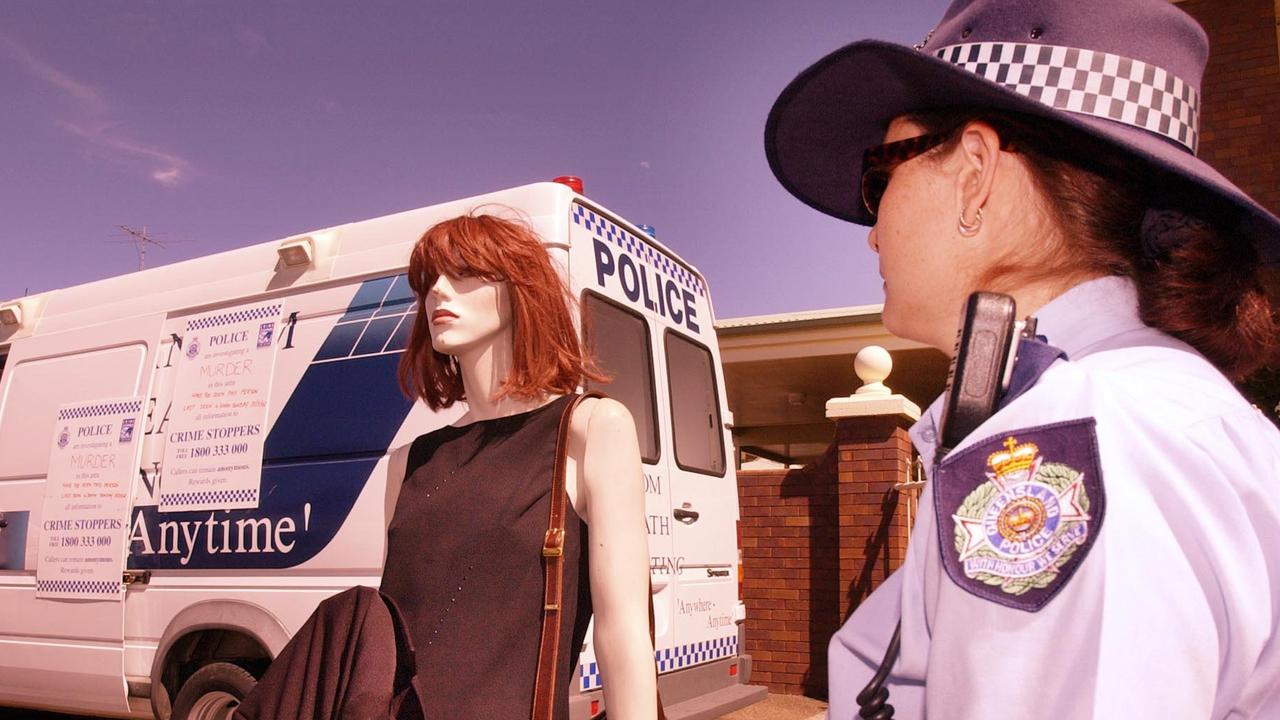
That flatmate told The Chronicle he received a call from the man who was overseas, possibly in England.
Upon his release from jail, Mr Templeton spoke exclusively with The Chronicle and reaffirmed his innocence.
“From the first day I was upfront with them (police),” he said at the time.
“I had nothing to hide and I voluntarily gave samples for DNA.
“I knew they were concentrating on me, but even then I couldn’t believe it when they arrested me for the murder.
“I was in shock.”
Despite spending more than two years in jail, Mr Templeton was not entitled to compensation but he did believe that he would one day be exonerated when the real killer was brought to justice.
No one else has ever been charged with Ms Smith’s murder and Mr Templeton died in 2016.




